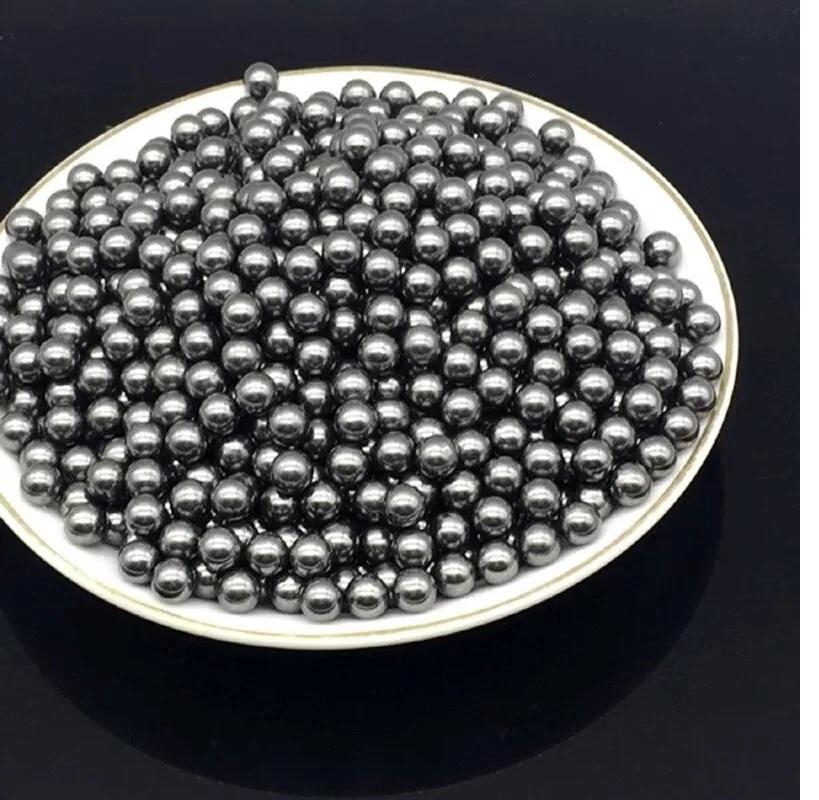Introduction to Silver Nanoparticles
Nanotechnology is considered one of the most progressive fields in modern science. It involves the study and manipulation of matter at the nanoscale level, typically 1 to 100 nanometers in size. At this scale, materials exhibit novel optical, electrical and mechanical properties compared to their bulk counterparts. Silver ultrafine particles (AgNPs) are one such nanomaterial that has gained significant research interest due to its unique properties and wide applications.
Synthesis of Silver Nanoparticles
AgNPs can be synthesized through various physical, chemical and biological methods. Some commonly used chemical synthesis routes include the Lee-Meisel method, where sodium citrate is used to reduce silver nitrate, and the Turkevich method, which employs sodium borohydride as the reducing agent. These wet-chemical methods allow controlling the size and shape of AgNPs by regulating factors like concentration, temperature, pH and reaction time. Biological synthesis using plant extracts is an emerging green approach for AgNP production without toxic chemicals. The reducing and capping agents in the plant mediate the extracellular/intracellular formation of stable and well-dispersed Silver Nanoparticles.
Optical Properties of AgNP
One of the most striking features of AgNPs is their optical properties arising from the localized surface plasmon resonance (SPR) effect. When light interacts with AgNPs, the conduction band electrons collectively oscillate at the nanoparticles surface, which is strongly influenced by factors such as particle size, shape, aggregation and surrounding dielectric medium. The SPR results in the characteristic yellow-brown color of AgNP solutions. The SPR absorption peak around 400 nm allows applications in various optical devices and sensors. The effect also makes AgNPs applicable as surface-enhanced Raman scattering probes and substrates.
Antimicrobial Activity
The potent antimicrobial efficacy of AgNPs has been widely investigated against various microbes including bacteria, viruses and fungi. The likely antimicrobial mechanisms involve damaging the cell membrane and disruption of intracellular metabolism by the release of silver ions. Numerous studies have demonstrated size and shape-dependent toxicity wherein smaller AgNPs exhibit enhanced biocidal capabilities. Research suggests AgNPs interact with phosphorus and sulfur-containing biomolecules in microbes and generate reactive oxygen species leading to cell death. These properties have enabled the development of AgNP-incorporated wound dressings, medical devices, consumer products and paints with self-sanitizing properties.
Catalytic Applications
Another intriguing feature of AgNPs is their ability to boost catalytic processes due to the high surface area to volume ratio. AgNP-based catalysts find extensive applications in the oxidation of alcohols, hydrogenation and decomposition reactions. The catalytic efficacy is influenced by the nature of the support material and the method of immobilization. For example, AgNPs supported on carbon nanotubes exhibit enhanced catalytic activity for reduction of chromate and nitrophenol species. Meanwhile, AgNP-composite nanofibers catalyze redox reactions like enzymatic glucose detection and fuel cell applications. Studies suggest the SPR effect aids in accelerating catalytic reaction kinetics on AgNP surfaces. Overall, their tunable catalytic properties make AgNPs valuable for industrial chemical synthesis and energy conversion processes.
Current Challenges and Future Outlook
While AgNPs have paved the way for numerous opportunities, their large-scale production, characterization and applications still pose challenges from an environmental, health and safety perspective. Key issues include developing greener synthesis methods with minimum toxic waste generation, understanding the release and impact of Ag+ ions from AgNPs, and assessing their long-term effects on ecosystems and human health following exposure. On the application front, research efforts are focused on engineering AgNP assemblies with multi-functionality for theranostics, advancing catalyst design for specialized transformations, and fabricating innovative AgNP-containing materials with improved properties. With further advancements in nanotechnology and regulatory guidelines, AgNPs are anticipated to significantly influence various disciplines from water treatment to electronics in the coming years.
In summary, AgNPs exhibit size and shape-dependent optical, antibacterial, catalytic and other unique properties arising from their nanoscale dimensions. These attributes have enabled diverse applications across the biomedical, industrial and consumer sectors. While significant progress has been made in the wet-chemical synthesis of AgNPs, future work demands developing eco-friendly production techniques. Comprehensive assessment of AgNP safety profiles also needs attention to realize their full potential. Multifunctional AgNP architectures and composites incorporating advances from multiple research fields are likely to spur new opportunities. Continued exploration at the nanoscale is certain to further reveal novel prospects with silver and other nanoparticles.
Get more insights on this topic: https://www.snipesocial.co.uk/blogs/463188/Silver-Nanoparticles-The-Next-Big-Thing-in-Healthcare-and-Consumer

